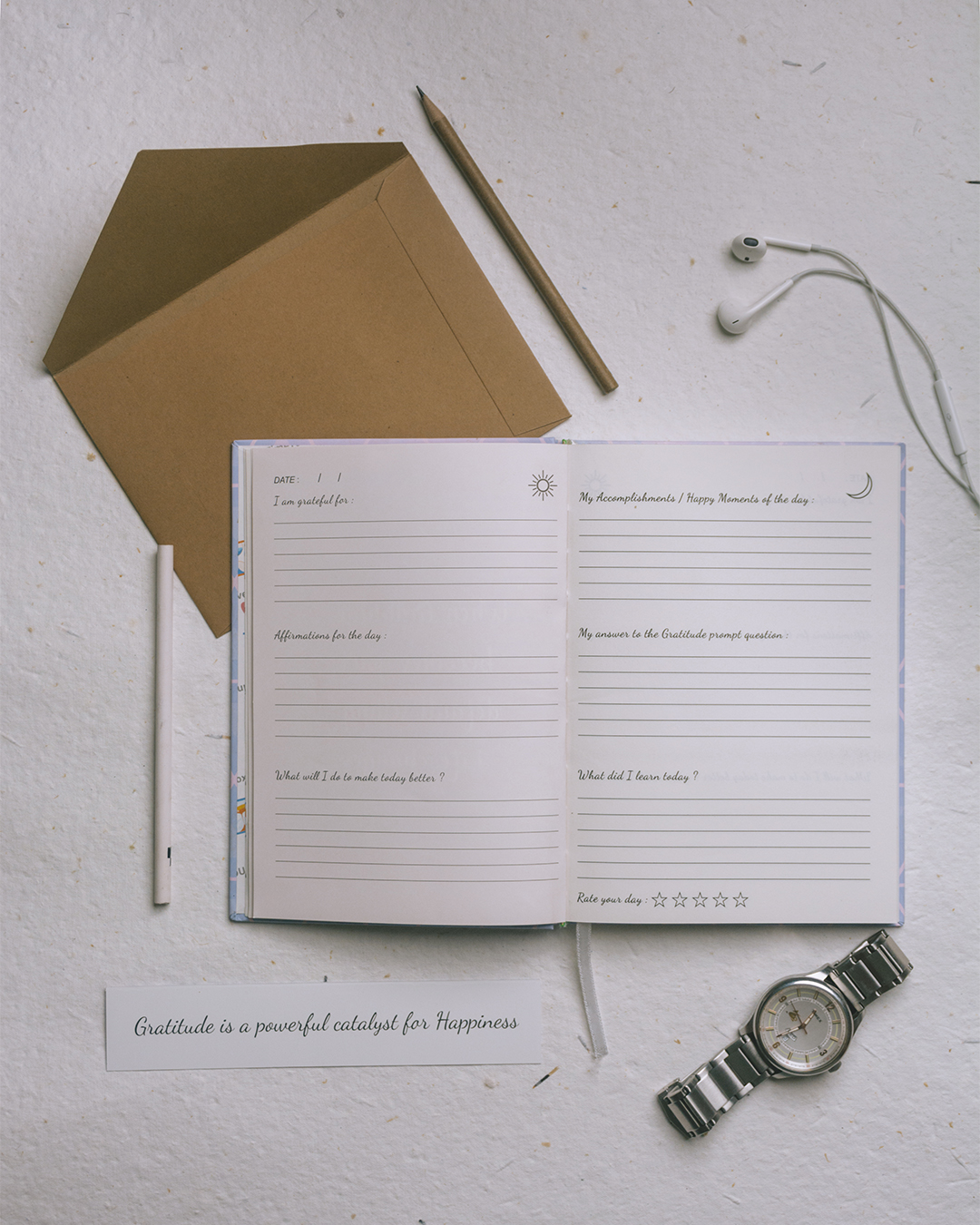When was the last time you expressed appreciation for something? What exactly was it? Why were you thankful? How did you show your appreciation?
Were you more content? Did you have a more positive outlook on the future?
Gratitude practice entails observing and appreciating the good things in one’s life. Experts have discovered evidence that routinely practicing thankfulness may have had powerful effects over the last 15 years. Gratitude is a simple technique that we can all use to improve our own and others’ well-being.
What is Gratitude?
Gratitude entails expressing gratitude for things that are meaningful or valuable to you. Taking a moment each day to observe and acknowledge the things you’re grateful for can improve your attitude, lift your mood, and help you feel more positive in the face of obstacles.
There are numerous reasons to be grateful, including the benefits to your mental health and well-being.
Gratitude can mean various things to different people. A gratitude practice can take many forms, from daily journaling to nightly prayers.

Why practice Gratitude? Gratitude and its benefits:

A little thankfulness can work wonders for your mood. When you practice thankfulness, you divert your attention away from negative feelings and unpleasant sensations. Instead, you learn to see the excellent things that you may have neglected previously.
There are numerous immediate and long-term advantages to consistently practicing and expressing thankfulness.
Gratitude has been extensively explored by psychologists, and it is one of the primary topics of positive psychology. People who consciously count their blessings appear to be happier and less unhappy.
Because thankfulness can improve your mood, it’s not surprising that it can also benefit your mental health. You may notice a reduction in symptoms of depression and anxiety as you practice thankfulness. While thankfulness is not a cure-all for mental health concerns, it can be part of a larger therapeutic plan.
Approaching life with a more cheerful attitude can do more than just lift your spirits. It can have a knock-on effect in other areas of your life, such as:
Improved sleep: According to several studies, increasing thankfulness is associated with better sleep quality and fewer sleep disruptions. This could be due to the fact that expressing thankfulness immediately before bed assists you to fall asleep with a more cheerful attitude.
Better Focus: Gratitude may make it simpler for you to concentrate. When you begin to view the activity at hand from a more positive perspective, you expend less energy feeling concerned about it.
Increased self-esteem: Seeing the world with thankfulness can alter your perception of your own value.
How to practice Gratitude?
Cultivating appreciation is not a difficult task, but it does necessitate work and a willingness to change. The exercises below can assist you in adopting a grateful attitude.

Gratitude Journaling: Gratitude journaling is a strategy that involves keeping a daily journal of things for which you are grateful. This is one of the most common methods to express gratitude.
Recounting a favorite memory from the day, describing a significant person in your life, or listing five things you’re grateful for that day are all terrific places to start.
Every week, thank someone new: There are a lot of people around us, and we’re all related in some way. Give yourself the intention of selecting someone new each week and learning new ways to express thanks. Adopting more mindful nonverbal communication (such as eye contact and a smile), writing a thoughtful note praising others’ behavior and its positive effects on you, or saying thank you with a lovely gift or service gesture are all examples of this.
Meditate: When it comes to thankfulness, meditation can carry us all the way to the bottom. Various guided meditations, such as love and kindness, allow us to broaden our perspective on life and strengthen our connection to ourselves and other creatures.
Gratitude charting: For visual learners, gratitude mapping is ideal. It entails making a visual mood board of everything for which you are grateful. You then hang this board someplace in your home as a reminder to be thankful every day.
Gratitude Jars: Gratitude jars are a basic concept that is straightforward to implement. When something wonderful happens or you are grateful for anything, write it down on paper and place it in a jar. When you’re feeling low, shake the jar and pull out one slip of paper.
Practicing appreciation on a daily basis can be a healthy daily habit for both physical and mental well-being. It may also be beneficial to relationships. Be patient and continue to express gratitude. Make the exercises into mini-rituals. You may notice that your stress levels decrease and your relationships improve with time.
To begin a gratitude practice, try meditation, journaling, or simply paying attention to the tiny things in life that make you happy. Gratitude, if practiced on a regular basis, will most likely have a good long-term impact on your state of mind.
The more you practice recognizing things that make you grateful, the easier it will be to recognize them as you go about your regular life. We hope these little tips will help you begin your journey toward gratefulness.
Be grateful, be Blessed.

